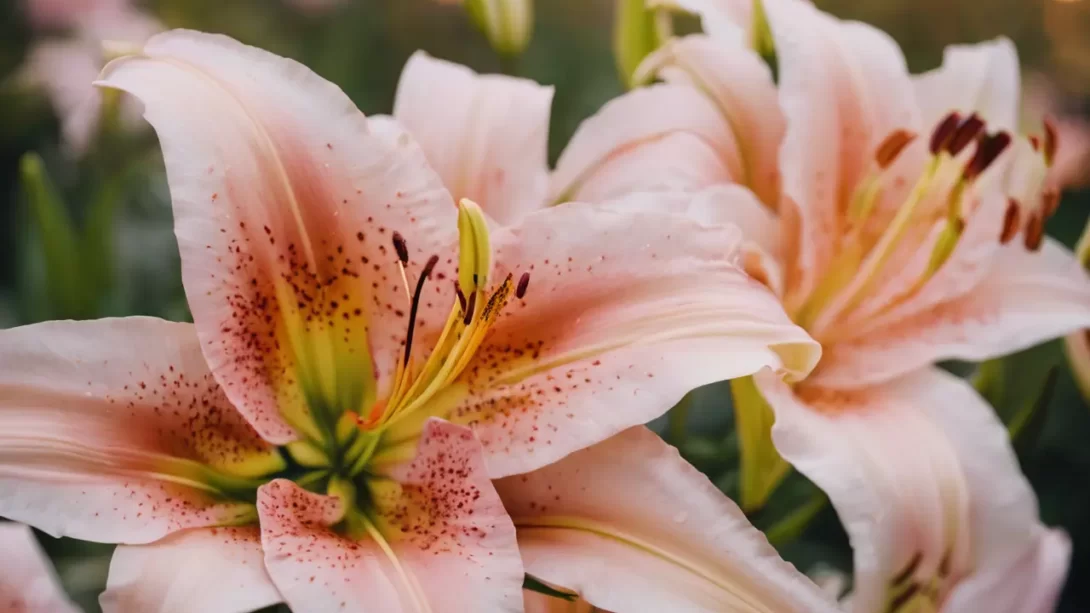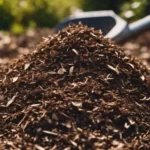Lilies are among the most beloved and visually striking flowers in the garden. Renowned for their elegant blooms, they also offer a diverse array of fragrances that can captivate the senses. This variety in scent is one of the many reasons gardeners and flower enthusiasts are drawn to lilies. From intensely fragrant to nearly scentless, each type of lily has its own unique aroma, making them not just a feast for the eyes but also for the nose.
Types of Lilies and Their Scents
Lilies come in several varieties, each with its distinct fragrance profile. Understanding these can help you choose the right lily for your garden or indoor space.
- Oriental Lilies: Known for their large, vibrant blooms, Oriental lilies are equally famous for their strong and sweet fragrance. This intoxicating scent is often described as rich and heady, making them a popular choice for perfumes and indoor floral arrangements. Varieties like ‘Stargazer’ and ‘Casa Blanca’ are especially noted for their powerful fragrance.
- Asiatic Lilies: If you’re sensitive to strong floral scents, Asiatic lilies might be your ideal choice. These lilies are generally fragrance-free, offering the beauty of lilies without the accompanying strong scent. They come in a wide range of colors, making them a versatile choice for gardens.
- Trumpet Lilies: These lilies are named for their trumpet-shaped flowers and are celebrated for their intense, sweet aroma. The fragrance of trumpet lilies is often compared to that of jasmine or gardenia, enveloping nearby spaces with its alluring scent. They’re a fantastic choice for an evening garden, as their fragrance becomes more pronounced at night.
- Easter Lilies: Commonly seen during the spring, particularly around Easter, these lilies have a mild, subtle fragrance. Their scent is often described as light and fresh, making them suitable for those who prefer a less overpowering floral aroma.
Each of these lilies offers a unique sensory experience, adding not just visual but also olfactory beauty to gardens and homes. Whether you’re drawn to the strong and sweet aroma of Oriental lilies or the subtlety of Easter lilies, there’s a fragrance to suit every preference.
Factors Influencing Lily Scent
The fragrance of lilies isn’t just a result of their variety; it’s also influenced by various environmental factors. Understanding these can help you maximize the scent potential of your lilies.
- Sunlight and Temperature: Lilies often release more fragrance when they are in full sun and during warmer parts of the day. The heat intensifies the release of scent compounds, making the fragrance stronger. This is why a lily’s aroma may seem more pronounced on a sunny afternoon compared to a cool morning.
- Soil and Moisture: The health of a lily, which directly influences its scent, is greatly affected by soil quality and moisture levels. Well-drained, fertile soil helps in the development of robust blooms, which in turn can enhance the fragrance. Overwatering or poor soil conditions can lead to weaker scents or even damage the plant.
- Plant Maturity: The age of the lily plant can also impact the strength of its fragrance. Generally, as lilies mature and establish themselves, their scent becomes more prominent. Younger plants or newly planted bulbs might not produce as strong a fragrance in their first blooming season.
Role of Scent in Lily Attraction
The fragrance of a lily isn’t just for our enjoyment; it plays a crucial role in the life cycle of the plant. Lilies use their scent to attract pollinators, which is essential for their reproduction.
- Attracting Pollinators: Different lilies target different pollinators, and their scents are tailored accordingly. For instance, some lilies emit a scent during the day to attract bees, while others release their fragrance at night, appealing to moths.
- Scent Variation: The variation in scent among lily species can be attributed to their specific ecological niches and pollinator targets. This diversity ensures that a wide range of pollinators are attracted, benefiting the overall ecosystem of the garden.
Growing Fragrant Lilies in the Garden
If you’re keen on filling your garden with the delightful scents of lilies, there are some key tips to follow. These will ensure your lilies not only grow well but also produce the best possible fragrance.
- Choosing the Right Variety: Start by selecting lily varieties known for their fragrance. Research different types, such as Oriental or Trumpet lilies, and choose those that will thrive in your climate and garden conditions.
- Planting Location: Plant your lilies in a spot where they’ll receive adequate sunlight, as this is crucial for fragrance development. Ensure the area gets at least 6-8 hours of sunlight a day. Also, consider placing them near a window or patio, where you can enjoy their scent more easily.
- Soil Preparation: Lilies prefer well-drained, fertile soil. Amend your garden soil with compost or well-rotted manure to improve its quality. Ensure the planting area does not become waterlogged, which can harm the bulbs.
- Water and Fertilizer: Water your lilies regularly, but avoid overwatering. A balanced fertilizer applied during the growing season can also help in the development of fragrant blooms.
- Regular Care: Deadhead spent flowers and remove any damaged or diseased foliage. This not only keeps the plants looking tidy but also encourages more vigorous growth and flowering.
Conclusion
Lilies are a wonderful addition to any garden, not just for their visual beauty but also for the array of fragrances they offer. From the strong and sweet aroma of Oriental lilies to the subtle scent of Easter lilies, there’s a variety to suit every gardener’s preference. By understanding the factors that influence their scent and providing the right care, you can enhance the sensory appeal of your garden. Whether you are a seasoned gardener or just starting out, exploring the fragrant world of lilies can be a delightful and rewarding experience.




